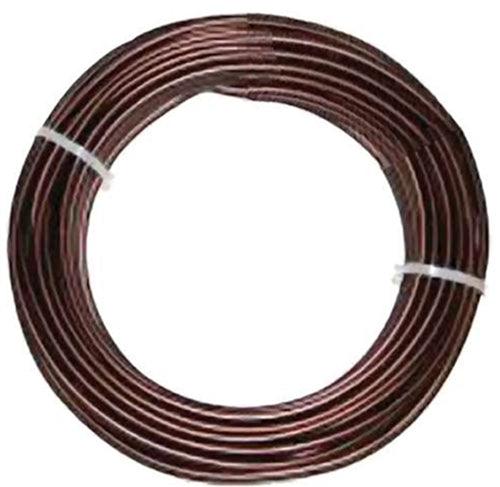Today’s photos are from the Omiya Bonsai Art Museum. They’re part of a Special Exhibition in honor of the upcoming 100th anniversary of the Omiya Bonsai Village. All the captions featured here are direct quotes from the Museum’s descriptions with each photo.

“This work is "Ishitsuki-Bonsai" created by Tomio Yamada, the 4th generation of Seiko-en in Omiya Bonsai Village. It is made by rooting Japanese White Pine on a unique circular stone.”

“This group planting is composed of Korean hornbeam, which grows naturally in parts of Japan and Korea. This piece was created fifty years ago by Teruo Kurosu, master of the Shosetsu-en Bonsai Garden, who trained at the Toju-en Bonsai Garden located in the Omiya Bonsai Village. The multiple trunks radiating from the main trunk create the scene of a grove of fresh green trees. Hanging scroll: Moon and Silver Grass (painted by Shoei Watanabe)”
 “Gallery 5 Aka-matsu, Japanese Red Pine
“Gallery 5 Aka-matsu, Japanese Red Pine
This bonsai exhibits a thin, flexible rising trunk. This style is called “Bunjingi”, or Literary Style, because “Bunjin”, or literary persons, were fond of this style. Within an air of agility, the bonsai’s overall impression is drawn together by the branch that grows lower from the higher part of the tree.”
 “Gallery 3 Hime-ringo, Chinese Crab Apple
“Gallery 3 Hime-ringo, Chinese Crab Apple
The crab apple is known among apple trees for the innumerable fruit they bare. During the flowering season in April, it blooms near-white pink flowers, and from June to July, it bears guail-egg-sized fruits. In autumn, the bright red fruits are even more brilliant when leaves fall off.“

“Gallery 1 Yama-momiji, Japanese Maple, Acer palmatum
The stability of the root base and the symmetry of the branches in this Japanese maple impress a sense of calmness on the viewer. The lush foliage accentuates the beauty of this work.”
 “Gallery3 Hatsuyuki-kazura, Star Jasmine
“Gallery3 Hatsuyuki-kazura, Star Jasmine
As the white trunk shows its strong curves, each branch bears a well-balanced flush of leaves. Hatsuyuki (literally meaning first snow) is so called because of the white spots found on its leaves, which at this time of the year are pale pink coloring, adding to the bonsai’s stunning charm.”
 “Shin Room Goyo-matsu, Japanese White Pine
“Shin Room Goyo-matsu, Japanese White Pine
The trunk, wearing its powerful twists, grows upward with a rich vitality that produces a sense of liveliness throughout the bonsai while the backward growing branche of this piece add three-dimensional effect to it.
Hanging scroll: Seisho Tajushoku (calligraphy by Sobin Yamada) (E-174)
Side Alcove: Chojubai, Flowering Quince, Chaenomeles japonica ‘Chojubai'”
 “Shin Room Goyo-matsu, Japanese White Pine, Pinus parviflora
“Shin Room Goyo-matsu, Japanese White Pine, Pinus parviflora
Even among imposing chokkan, or straight-trunk style, bonsai, this piece stands out because of the way its trunk tapers as it rises from the base, giving the viewer the impression of looking up at a tall, full-sized tree.
Hanging scroll: Shoju Sen-nen no Midori(calligraphy by Sokushu Akiyoshi)(E-083)
Alcove: Fuchi-so, Japanese Forest Grass.”

“Shin Room Goyo-matsu named Sokaku, Japanese White Pine
The name “Sokaku” literally means paired cranes. With its height, and white vertical section it is a stunning bonsai. The tops of the two trunks grow thick with needles and take on the form of two cranes holding their heads together, which is where the name of this tree comes from.”
From the Museum’s caption.
 “A dragonfly came to see our bonsai.”
“A dragonfly came to see our bonsai.”

“In the bonsai garden, usually 60-70 bonsai are on display.”

